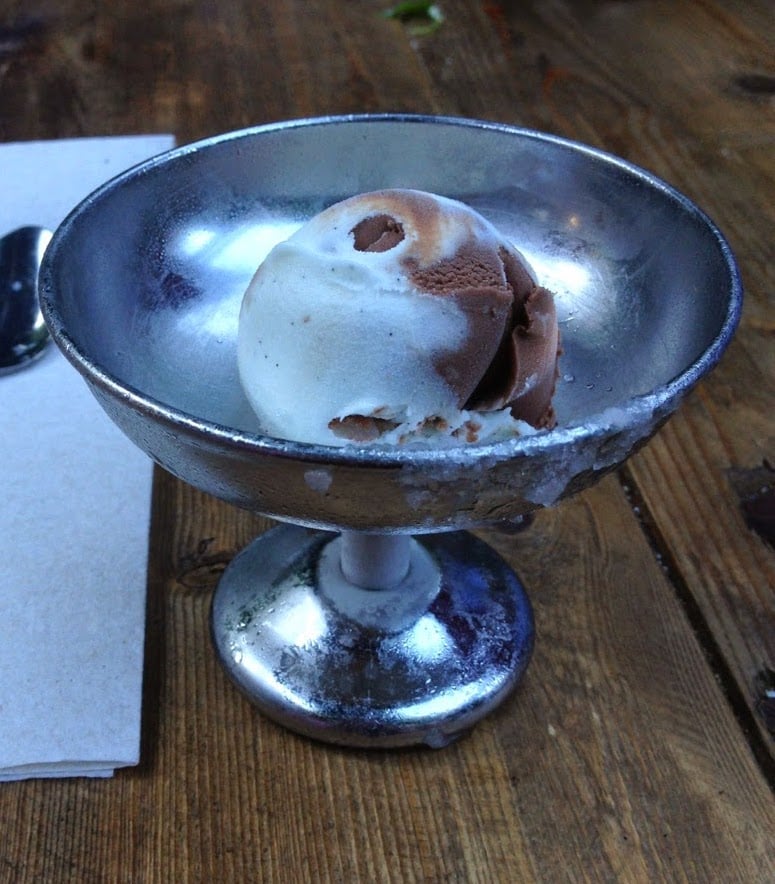
The Rising Cost of Vanilla.
After saffron, vanilla is the second most expensive ingredient in the world. It’s even become ten times more expensive in the last five years. Let’s learn why is it become so expensive:
All About Vanilla
What It Is & How It Grows
Vanilla often associates itself with basic or boring. In actuality, it’s times and classic, and crazy expensive if you have the real thing.
Vanilla is an orchid flower. The plant takes 3 to 5 years to reach maturation. The flower can be pollinated to produce beans only after it matures. And only one specific type of bee can pollinate the vanilla bloom which actually means that most pollination tediously takes place by hand.
On top of time and hand pollination, the flower only blooms for one day of the year. Just one day!
After harvesting, the seed pods are cured and dried. For vanilla extract, the dried pods are soaked in a concentrated alcohol. Overall, the whole process takes a full year.
Its History Around the World
The vanilla orchid can’t grow just anywhere. It was first found to be grown in Mexico, however, years of deforestation have reduced its natural habitat.
From Mexico, the Spanish conquerors brought vanilla to Europe in the 15th century where they added it to chocolate. Then, in the early 17th century, a cook in the kitchen of Queen Elizabeth I created all-vanilla flavored sweets. In the 18th century, the French used vanilla in their ice creams. Thomas Jefferson, American Minister to France at the time, loved it so much that he brought the recipe back and introduced Americans to vanilla ice cream.
Fast forward to the 1980s, the food industry sold consumers artificial vanilla which was much cheaper and marketed well. Then, in the last 10 years, consumers have gained interest in “all-natural” foods and are veering away from anything artificial; hence the increased demand for the real thing.
Made in Madagascar: A Tale of Supply & Demand
Vanilla can only grow 10 to 20 degrees north and south of the equator. That means it currently can grow in Madagascar, Mexico, Tahiti, Indonesia, Papua New Guinea, Uganda, Kenya, India, Fiji, Central America, and Hawaii.
Of all these countries, Madagascar accounts for 80% of vanilla production. And this is the story of why the price of vanilla has soared.
To review, the vanilla orchid flower is finicky and high maintenance to grow. It requires at least 3 years, and pollination by the hands of experienced farmers which can only be done one day of the whole year. That alone already makes it so expensive.
But, since 2016, the price has skyrocketed from $60 per kilogram to $600 per kilogram.
In 2016, a cyclone devastated Madagascar leaving most vanilla farms completely destroyed. The lack of supply increased prices. The increased value led to the theft of vanilla beans which resulted in irresponsible farming practices, namely premature picking in fear of the beans being robbed. The quality of Madagascar vanilla greatly suffered.
Cyclones and storms increasingly became more and more common. With the climate and low crop security, many farms gave up because of the risks.
At the same time, consumers worldwide increased their demand for real vanilla beans, and yet the supply was far too low. Low supply and high demand can only result in crazy high prices.
Is It Really Worth It??
Like how salt enhances a savory dish, vanilla enhances a sweet dessert. The best way to taste the purity of the bean is in ice cream, a sauce, or a custard. Look for those little specks to know that the beans are actually in the dessert. And once you’ve tasted it and if you care about quality, you’ll know that it’s well worth buying the real thing.
Shop for all your Vanilla needs on Amazon.
Disclaimer: This article contains affiliate links. As an Amazon Associate, I earn from qualifying purchases. With no additional cost to you, your purchases earn me a commission if you click on the links via my website – Thank you!
Sign up for my newsletter on the sidebar for blog updates and my travel insider tips! And, check out my vlogs on YouTube!


